I'm trying to understand the upper-left corner of a typical MOSFET safe operating area (SOA) figure. Specifically why the region marked in red on the figure below, above the "Limit Rds(on)" line, is typically marked as outside of the SOA.
I understand that for any specific Vds voltage, the MOSFET can't pass more drain current in its linear mode than Id = Vds/Rds(on) due to Ohm's law. However I don't understand why the SOA always seems to use the Rds(on)max for the limit - the maximum specified Rds. I would think the minimum value would be more appropriate.
I took the SOA figure above from the datasheet for the Nexperia PMV37ENEA. This datasheet also has the following specification for Rds(on):
The "Limit Rds(on)" line on the SOA figure approximately matches an I(V) line for Rds(on)=100 mOhms. However the typical values for Rds(on) in the table are lower than that. This means that most devices will operate outside of the safe region.
A device with Rds(on)=50 mOhm (well within the Rds(on) spec) will fall somewhere on the blue line here:
For example, a device with Rds(on)=100 mOhm and Id=2 A will dissipate 0.4 W and is safe to operate according to this figure. However a device with Rds(on)=50 mOhm and the same current will dissipate less, only 0.2 W, but is not safe. Why is that? Strictly from the thermal perspective this does not make sense to me.
I've looked at datasheets for several different MOSFET devices and the SOA figures all look similar. Various applications notes seem to confirm that some maximum for the Rds(on) is typically used for the limit line.
Compare this to bipolar transistors, where the upper-left corner of the SOA figure is typically not cut off like in MOSFET datasheets (even though, technically, you're still limited by Vce(sat) and may not be able to push the transistor into that region).
Am I missing something here? Why are MOSFET datasheets cutting off the SOA at Rds(on)max? Or is the "Limit Rds(on)" line in SOA figures there just for guidance, and not really a limit for safe operation of the MOSFET? This application note seems to suggest so since it says that the line can "easily be recalculated using [...] datasheet parameters for Rds(on)". If so, why are maximum Rds(on) values always used and not typical or minimum?



